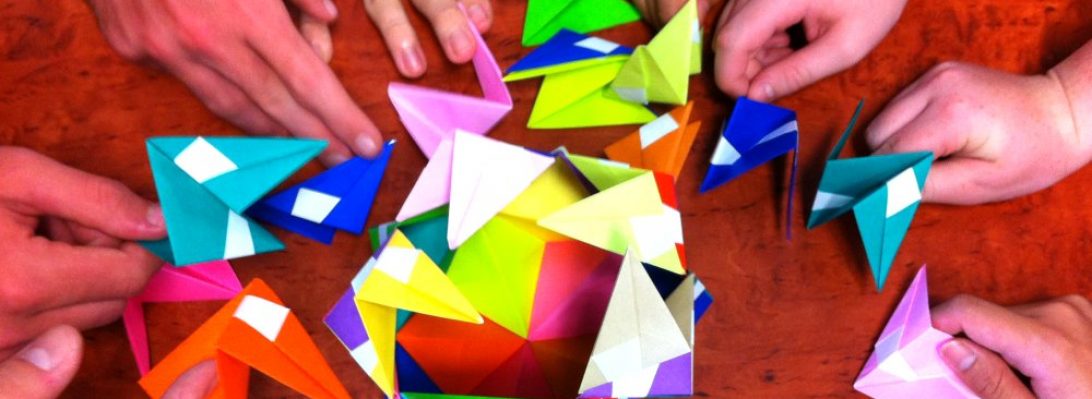Episode 245, Mabel, confused about her husband’s sudden emergence from a coma as a woman, signs over her mortgage to Favio, the pool boy, and became a nun, briefly.

I remember a radio serial comedy drama, it used to make me giggle and it was called “how Green was my Cactus?”, the inspiration for many of the hashtags as I chronicled this fold, over what has seemed like an age. Somehow this is relevant in the context that this is “never folded this before #1000” for me – an astonishing milestone that I do not take lightly. I knew I had to attempt something epic … be careful what you wish for.
I first saw pictures of Daniel Brown’s fold of Robert Lang’s “Cactus, Opus 680“, and then I saw some fold suggestions from Daniel and flirted with the idea of taking a crack at this fold.

I started with some macquette folds of key bits, to see if I could do the components in isolation (a section of spines, the cactus-pot transition and pot shaping) and sort of muddled through, so naturally decided to scale-up to make the whole thing from one sheet.

My biggest roll is 1m wide, so settled on a 1m square, initially. The fold is based on a wierd 62 division, so I folded 64ths and cleaved off a couple of units off adjacent edges to get the required grid.

The spines are a particularly punishing tessellation that transforms pleats into stickey-uppy points in bunches of 4, 9 rows of 10 bunches each (360 points in total). Due to the paper thickness and small scale, as much as I tried I found it practically impossible to further sharpen the spines. Given thinner paper it would be possible, but honestly I do not care – getting to the point I did was waaaaay further than I thought I would ever get.
After folding, before shaping, I decided to paint the sections different colours to further enhance the cactus-ness. I bought a tube of Jo Sonjia “Moss Green” and mixed a terracotta colour from paints I sourced at work, then set about the exhausting task of colouring the spines, then re-doing it when I realised I had done a terrible job, then re-doing the re-do after shaping because I had done a terrible job.

Shaping sort of involved wrestling with something that did not want to play nice – a combination of string and clips eventually convinced the structure to approximate the final shape, I then set about working on the seam (requiring a little glue – shhhh!). I tied it up and left it for a few days to harden up and accept it’s new shape and now it is happy to look likt the final model, it positively beams cactus.
This has been quite a ride. Having completed it to my satisfaction I am happy to never need to contemplate going down that road again, but it does prove an interesting point – paper CAN do everything. One sheet, folds only, you get a fully realised cactus with 360 spines, fluted pot, soil, the works – wow, just WOW. Design genius from Robert Lang.


Bruh Moment
…is that a good thing?
Bruh moment’ is a blanket term for all situations that merit a reaction, whether that be shock, awe, or any other strongly felt emotion. In these such situations one must exclaim
Soz, I did not know, I am not up with the modern lingo. Thx for the comment, glad u liked the fold, ’twas epic and a suitable start to second thousand…
Please share with me the specific paper that you used. I apologize if you indicated somewhere and I could not find the information. I am not an expert but I have been enjoyoing tessellation. I am driving myself insane trying to achieve this as well.
P.
I used Kraft paper (90cm) that I then painted using acrylic paint after I had folded it. In retrospect I would paint it more thinly before folding, possibly with a less gluggy paint also, or make a custom sheet of triple tissue with both spine and pot colours present – the CP shows where the plant-pot transition sits quite nicely.
The paper was a little thick (80GSM) and so I did not shape the spines fully, but the thicker paint helps with the pot a bit (the model is fairly heavy, the stiffer pot holds it up nicely. It is an interesting tessellation, it amazes and delights me whenever I remember the process of teasing out the points seemingly from nothing.
Thank you so much for your kindness in taking time to reply. This is so helpful tome. – Best of Cheers!! – P
I am just this guy who likes folding paper, happy to help